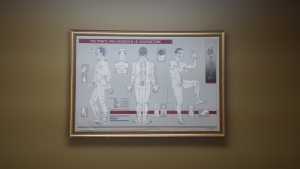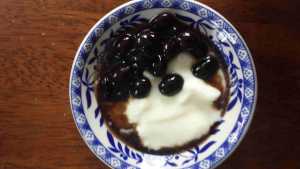Sometimes I end up talking about books I've read or am reading with my patients. And also, of course, what they are reading. Here's a list from the last year or two that I've enjoyed:
Pachinko -- Min Jin Lee She's a Korean-American author. This book traces a young woman's journey from 1910 Busan, Korea, through much of WW2 and after into Osaka, Japan, where it chronicles her and her family's life as ethnic Koreans living in Osaka. Personally I found it fascinating especially since my brother-in-law currently lives in the neighborhood where much of the book takes place.
An American Marriage -- Tayari Jones -- This is set in Atlanta and Louisiana and tells the story of a tragic incarceration of an African-American man and his wife in the contemporary South.
Daily Rituals - How Artist's Work -- Mason Currey -- A fascinating book about American and European artists/writers/composers and how they structure their days and get their creative work done. Some of these little 2 or 3 page summaries are laugh out loud. Some are just interesting.
Stay tuned for more!


